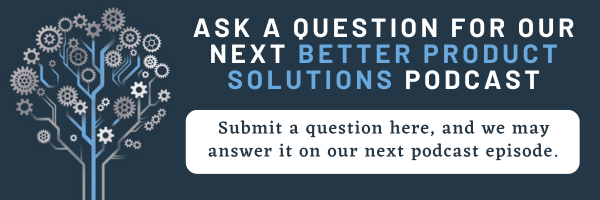In this episode, we speak with Harry Moser, president of the Reshoring Initiative. Harry has 55 years of experience in the manufacturing industry, including 22 years as president of GF Machining Solutions.
He received his bachelor’s degree in Engineering from the Massachusetts Institute of Technology and an MBA from the University of Chicago. He spoke with us about why he founded the nonprofit Reshoring Initiative, and why he’s passionate about helping companies understand the value of reshoring.
Watch the Video
Listen to the Audio
Conversation Overview
- Harry grew up in Elizabeth, NJ which was the headquarters of Singer Sewing Machines, which was the biggest factory in the world 100 years ago.
- His grandfather and father worked there as did he during the summers.
- When he returned to Elizabeth, the entire factory was gone because the company started to import everything, which motivated him to start the Reshoring Initiative.
- When Harry sold foundry equipment and machines, many companies he planned to approach went out of business because imports had wiped them out.
- Harry explained that the goal of the Reshoring Initiative is to balance the trade deficit for goods so the U.S. imports as much as it exports. That means we would have to increase U.S. manufacturing by 5 million jobs or 40% to recover what we’ve lost in the last 40-50 years.
- When the Reshoring Initiative was established in 2010, about 6,000 jobs were coming back to the United States a year. By last year, there were 200,000 returning per year.
- Cumulatively, over 1 million jobs that are in the United States today would not be here if it weren’t for the Reshoring Initiative and foreign direct investment.
- Harry discussed the other things that have contributed to the increase in jobs returning to the U.S. including some policies of the Biden, Trump, and Obama administrations, higher Chinese wages, and a shrinking Chinese workforce.
- The Chinese workforce is contracting because the population is becoming increasingly middle class, as well as the previous one-child policy. Many Chinese families are choosing to have fewer children, Harry explained.
- Harry discussed why the Reshoring Initiative created its Total Cost of Ownership (TCO) calculator and how companies can use it.
- Most procurement companies look only at the purchase price per object.
- However, Harry explained, companies should be looking at total cost and hidden costs.

- The TCO calculator includes 29 hidden costs of offshoring.
- Some examples are duty, freight, and inventory, as well as the risk of running out of stock, which could mean losing a customer.
- But there is also value in being in the same time zone and speaking the same language as suppliers.
- Based on the first 189 TCO calculator users, it was more economical to manufacture in the U.S. only 8% of the time based on price alone, 32% of the time based on total costs, and 46% percent of the time if there is a “Trump Tariff.”
- Ultimately, Harry explained, companies would import 25 to 30 percent less if they did the math correctly.
- Harry said that when reshoring, companies don’t need to spend large amounts of capital to make up for increased labor costs.
- If you use the TCO calculator, it shows that there is only, for example, a 5% difference between manufacturing costs here and offshore, so that companies would only need to increase automation by a very small amount to get a return on that investment.
- Harry discussed the reasons why any company should at least evaluate the worth of bringing some of their manufacturing back, including for the good of the country and community.
- Before deciding to offshore, first use the TCO calculator, he said.
- The easiest things to reshore are those that are offshored and outsourced, as you won’t be responsible for the cost of reshoring.
- Ultimately, companies need to look at TCO and beyond the price of offshoring to other more qualitative factors, such as the risk of a product arriving late, or the risk of intellectual property loss.
- In 2021, the top reshoring industries included transportation equipment, computers and electronics, medical equipment, electrical equipment and appliances, and machinery.
- Some familiar companies that have come back include GE in Louisville, KY, and Electrolux.
- Harry encourages companies that have reshoring success stories to submit them to the Reshoring Initiative. Anyone that does so will receive a free t-shirt.
- If you’re considering reshoring, check out the website, reshorenow.org. If you need additional help, email Harry at info@reshorenow.org or call 847-867-1144.
Other Useful Links:
Reshoring Initiative Flyer
Import Substitution Program
REBUILDING AND RESHORING: 7 ACTIONS TECHNOLOGY SUPPLIERS AND DISTRIBUTORS CAN TAKE TO HELP THEIR CUSTOMERS
REBUILDING AND RESHORING: WHAT CAN OEMS AND RETAILERS DO?
REBUILDING AND RESHORING: WHAT CAN CONTRACT MANUFACTURERS DO?